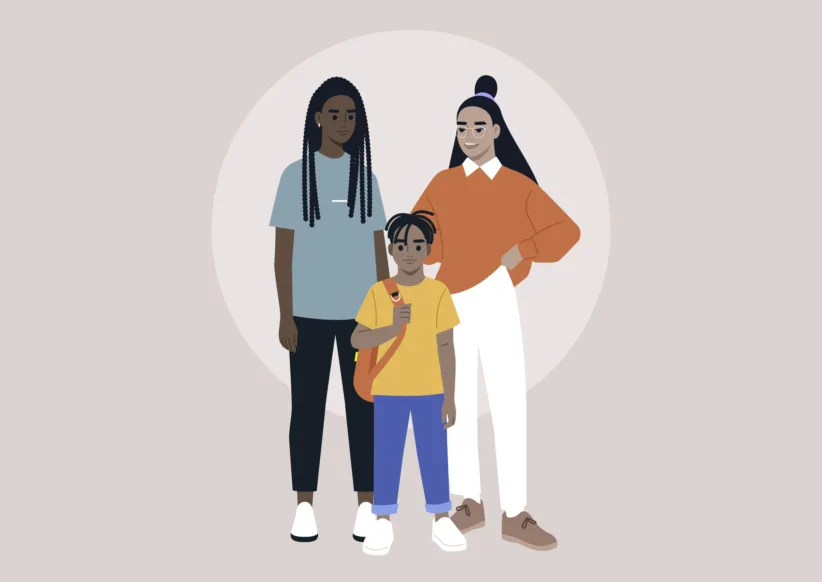As a pediatric dentist, I often get asked by my patients’ parents if it is alright that their child is using a pacifier. For young infants, sucking on a pacifier is a useful method to provide comfort and a way to soothe your baby. However, this type of oral habit can end up adversely affecting teeth if it is not discontinued by the appropriate age.
Generally, I recommend weaning off the pacifier by age 3. Prolonged pacifier use past this age can lead to malposition of the teeth and a change in the child’s bite, leading to what we call “open bite,” which prevents the top front teeth from biting against the front bottom teeth as they normally would do.
Additionally, the constant sucking motion from using a pacifier can lead to dry mouth and cause formation of calculus — or tartar — which is unhealthy for your toddler’s gums and the bones supporting the teeth.
There are some toddlers who naturally wean themselves off of the pacifier, and that’s great. For those of us parents who aren’t as lucky, there are some things that you can do to help discourage the habit.
As with any habit, it’s hard to stop cold turkey. So I suggest starting the weaning process around 2 years old, so that you have enough time to try different methods if necessary. Help your toddler understand that this is a habit you want her to stop by verbalizing the sentiment often. When your child reaches for the pacifier for comfort or when she’s sleepy, try communicating that she’s a big girl and doesn’t need to use a pacifier. Distract her with some other activity as a source of comfort.
Even if you can delay the pacifier use by five minutes the first time, it will help teach your child self-coping and it helps her understand that she can manage without the pacifier. Keep up this active verbalization that the pacifier is not okay anymore, and you can gradually decrease the amount and frequency that your child reaches for it.
Another good idea is positive reinforcement. For example, set up a calendar for your child and let her get a sticker for each day that she does not use the pacifier. Make up the terms, so that if he gets five stickers in a row, he can get a special prize or reward. I like this method, because it gives the child a sense of control and choice in the matter.
If your child uses the pacifier during the day and night, start with small goals. For instance, start by having him nap without the pacifier. Then over time, move on to having him sleep through the night without it. What makes the pacifier so soothing is the sucking motion from the nipple. So, another technique that has worked with my patients is to change the shape of the pacifier to make it less satisfying. You can use a dull razor blade or a dull knife to blunt the tip of the pacifier. Gradually shave down the tip of the nipple little by little each day. Then, eventually, it won’t be functional and your child will grow tired of it.
Every child is different, so the time it takes to wean your child off of the pacifier can vary. Don’t get discouraged if it takes a few months. Consistency is important, though, so don’t give up once you decide you are ready to help your little one give up the pacifier.
Dr. Lavanya Venkateswaran is a board-certified pediatric dentist. She is currently in private practice at Tribeca Smiles and in Tappan, New York at Children’s Dentistry of the Palisades. Additionally, she is an attending at Columbia University Medical Center as an assistant professor of clinical pediatric dentistry. In her spare time, she enjoys spending time with her husband and baby boy, is an avid runner, and a student of Indian classical dance and music.





















